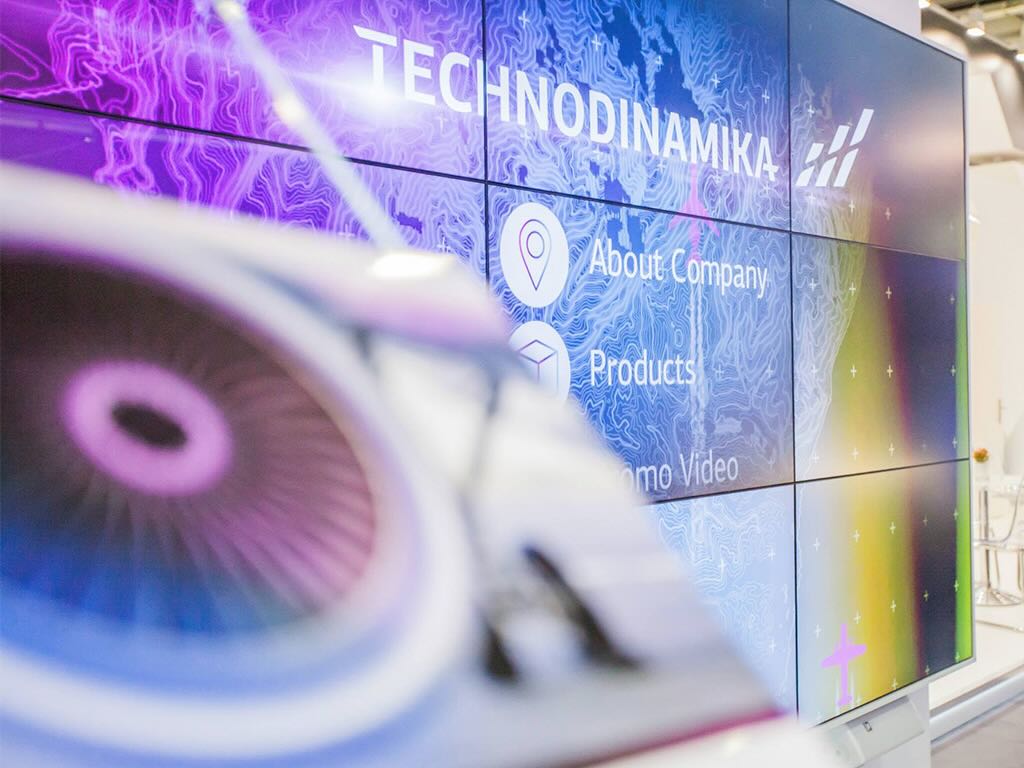


The update, released on 13 October 2025 via the War & Sanctions portal, identifies 145 enterprises within or managed by Technodinamika, of which 86 are not currently sanctioned by any member of the allied sanctions coalition.
Technodinamika is a holding within the Russian state corporation Rostec, which manages hundreds of defence firms across Russia’s industrial base. According to the War & Sanctions entry for Rostec, the conglomerate produces a substantial share of Russia’s weapons and military equipment and supports the development, production and export of high-technology products for the armed forces.
HUR’s latest tranche highlights enterprises connected to the manufacture of long-range cruise missiles, artillery munitions, armoured vehicle components and aviation systems. It notes that Technodinamika companies produce unmanned aerial vehicles, multi-position launchers for long-range cruise missiles, armour plates and personal protective equipment, and that they develop simulators for military aviation, parachute systems and aircraft engines. The holding’s facilities are also involved in the repair and life-extension of Tu-95MS and Tu-160 strategic bombers.
Among the firms specified by HUR as presently unsanctioned are entities linked to Russia’s strategic and tactical missile forces. These include the Federal Centre for Dual Technologies “Soyuz” and the Morozov Plant, identified as developers of engines and solid propellants for the Topol-M, Yars and Iskander systems. The Karl Liebknecht Leningrad Mechanical Plant (LMZ) is listed as a producer of armour-piercing sub-calibre rounds for smoothbore tank guns, including for platforms associated with the Armata programme. The Ufa Aggregate Production Association (UAPO) appears as a supplier of components for Kh-101 and Kh-59M2/Kh-59M2A air-launched missiles. HUR also cites the Shtamp machine-building plant named after B. L. Vannikov, describing roles in warhead parts for “Grad” and “Tornado-G” rockets, aircraft bomb casings, and the manufacture of cartridge belt links for 23 mm, 30 mm and 40 mm ammunition.
The War & Sanctions company-level entries add technical detail to the claims. UAPO is recorded as manufacturing and supplying MP-40M electric motors to the OKB “Kristall” design bureau for centrifugal electric pumps used on Kh-101 missiles, and as supplying ignition units; a separate listing documents deliveries of fluoroplastic hoses and filter elements integral to the Kh-101 fuel system.
HUR says the dataset includes enterprise identifiers, their roles within Technodinamika and Rostec, organisational linkages and subordination, and current sanctions status. The update follows earlier disclosures by HUR on the use of foreign-made machine tools and equipment by Russian defence manufacturers. In September, the War & Sanctions portal and partner reporting detailed hundreds of imported CNC machines and other systems operating at Uralvagonzavod, Russia’s primary tank producer.
International sanctions authorities have targeted a broad range of Russian military-industrial entities since 2022, with recurrent waves of measures in 2024 and 2025 aimed at curbing procurement networks and third-country facilitators. However, HUR’s accounting indicates that significant portions of the Technodinamika network remain unlisted by coalition jurisdictions. Recent US actions have focused on sanctions-evasion schemes and third-country suppliers, underscoring ongoing challenges in constricting Russia’s access to sensitive goods.
Technodinamika’s prominence stems from its integration across artillery, rocket systems and aviation. The holding’s portfolio, as set out by HUR, spans munitions and propellants, missile launchers and UAVs, and components for airframes and engines. The stated involvement in strategic bomber overhaul further underlines the holding’s role in maintaining platforms used to launch cruise missiles against Ukraine.
The identification of Kh-101 component suppliers is notable. The Kh-101 has been employed extensively in strikes across Ukraine since 2022. HUR previously released material on enterprises contributing to the missile’s production chain, including firms whose outputs feed propulsion, fuel and control subsystems. The new company-level entries for UAPO detail specific parts and counterparties in those supply lines.